Koei Tecmo has revealed new details for Nioh 3, its dark samurai ARPG, including its new-to-the-franchise setting and the PC system requirements.
To start with, Nioh 3 will take place in the Bakumatsu period. The Bakumatsu period is considered the last era of the samurai, and Nioh 3 will be set in 1800s Kyoto, Japan, to represent this. This is the first time the franchise is entering this era.
Iconic landmarks like the Kiyomizu and Honnoji temples will be part of the game, though the Crucible’s influence has taken over and transformed them in-game.
Players will also run into the Shinsengumi, a military squad loyal to the shogunate, along with new yokai. Shinsengumi units use modern weapons like guns, which means players have to work around both ranged and melee attacks. These guns are another first for the series, introducing a combat style that utilizes both traditional and modern warfare.
The protagonist of Nioh 3, Takechiyo Tokugawa, will meet several characters on their journey, including Takasugi Shinsaku, Okita Soji, and the 15th Edo shogunate Tokugawa Yoshinobu.
Players will also get to see how their exploration and gemplay choices affect the environment around them, finding new surprises along their journey.
Players can get a glimpse at the new story setting and characters below in screenshots shared by Koei Tecmo:


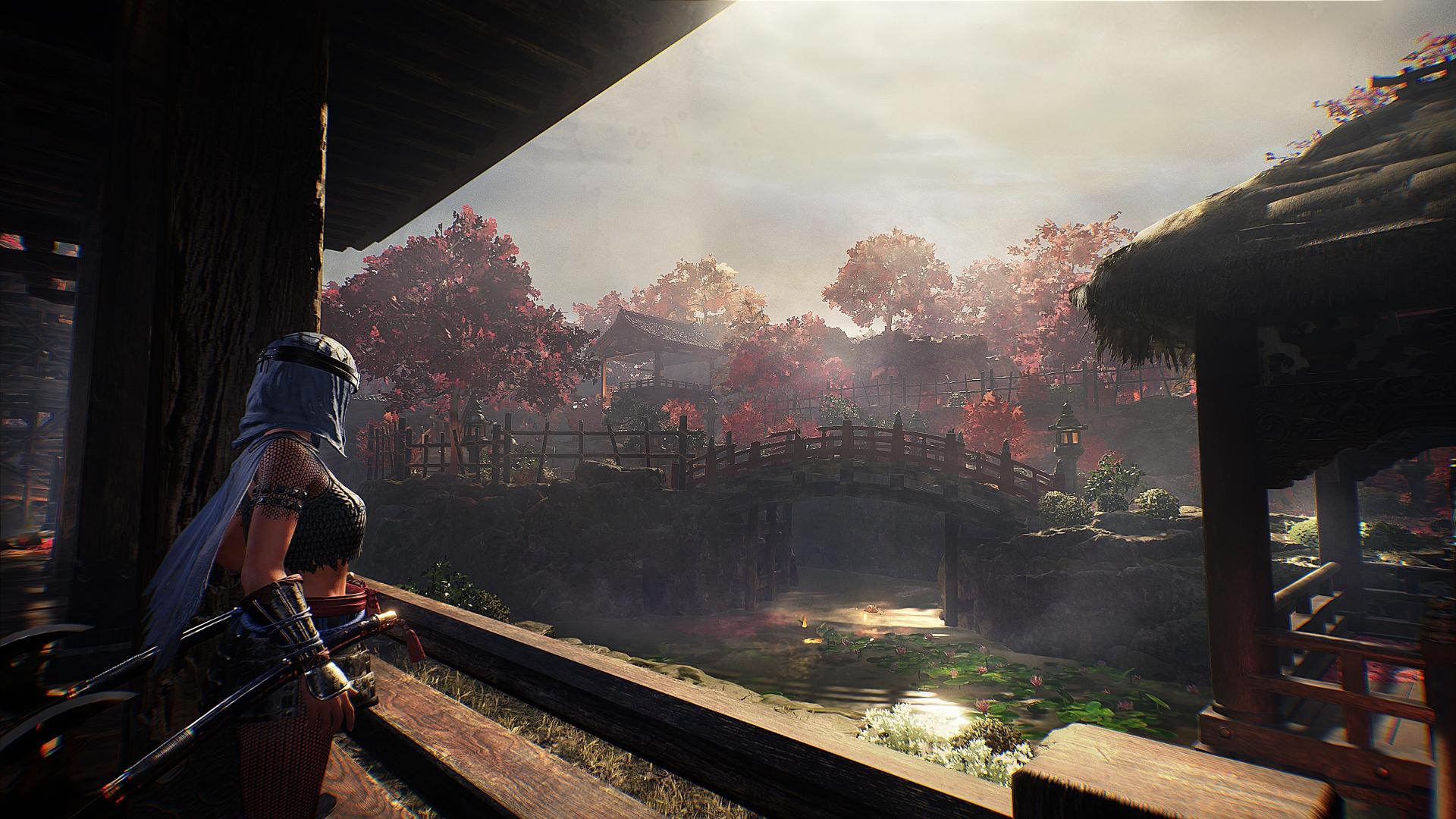
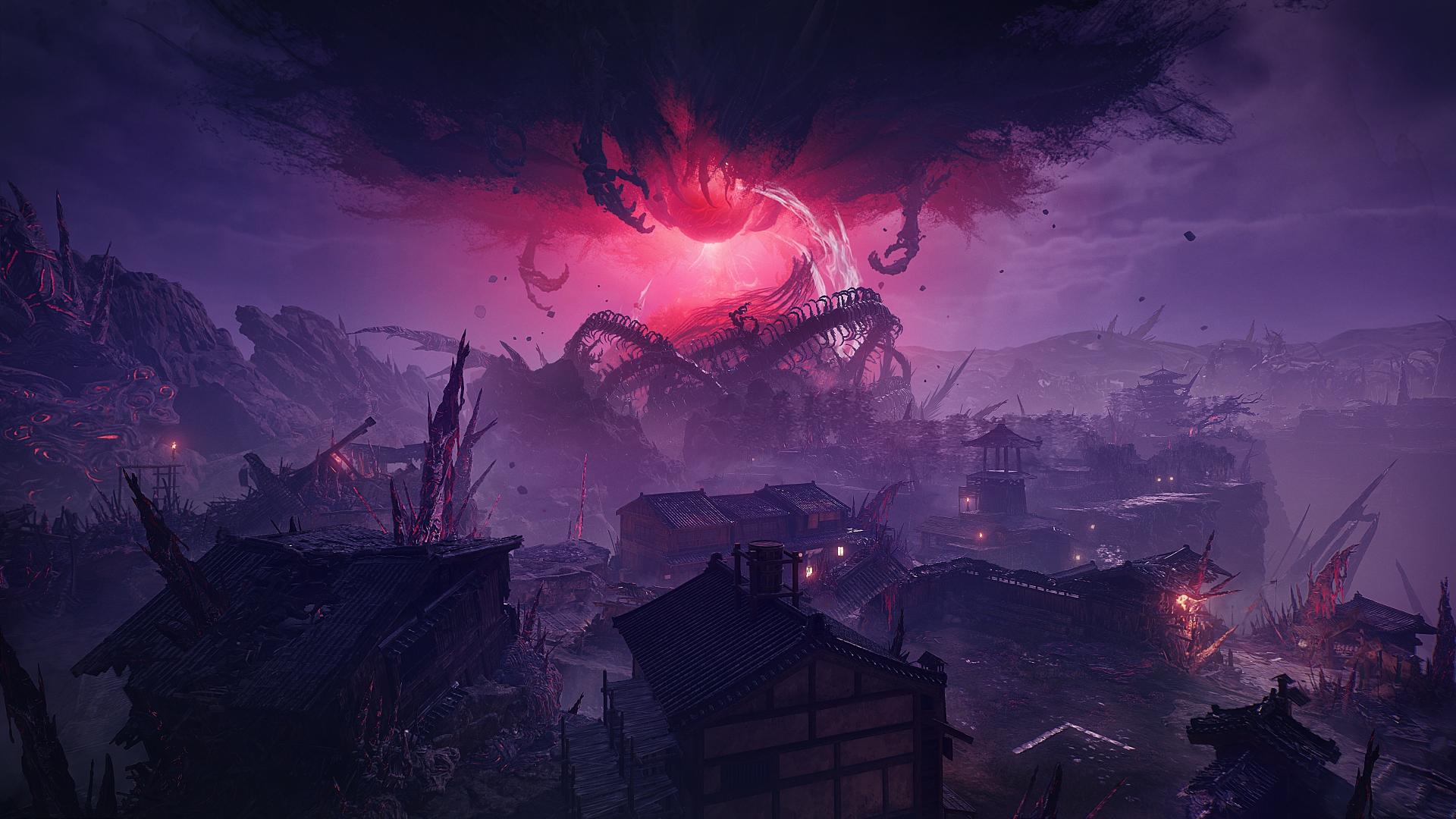




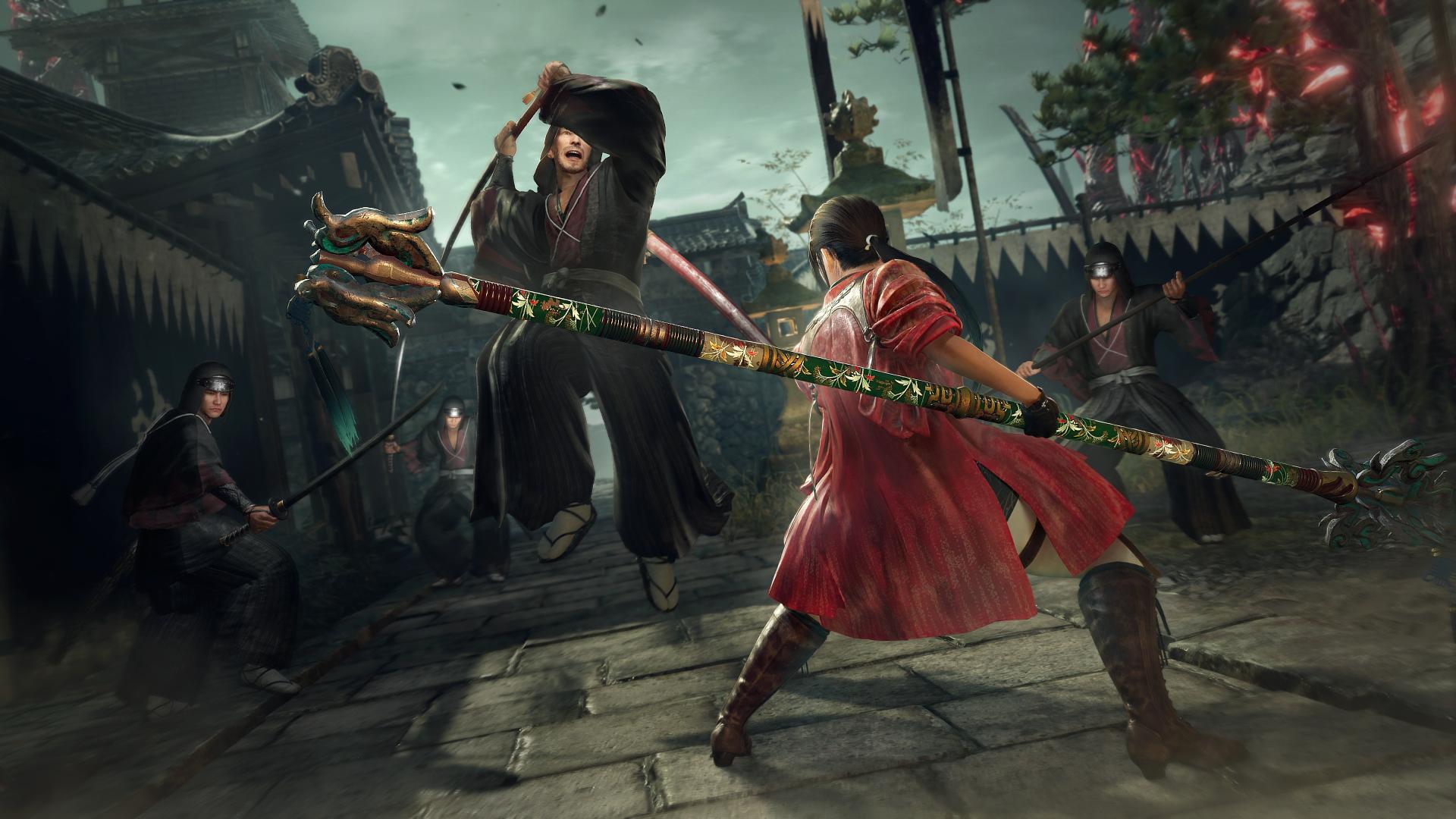


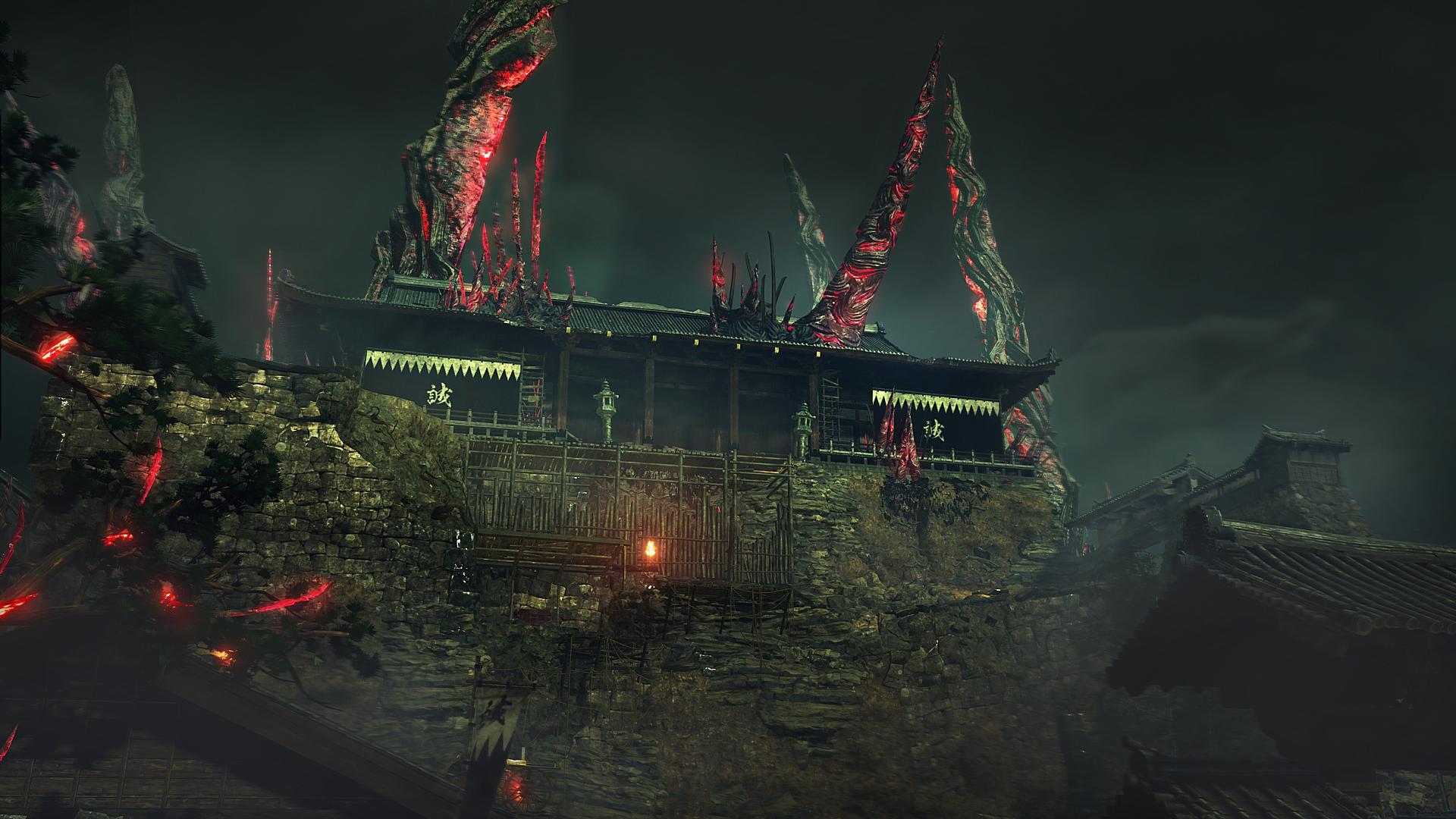
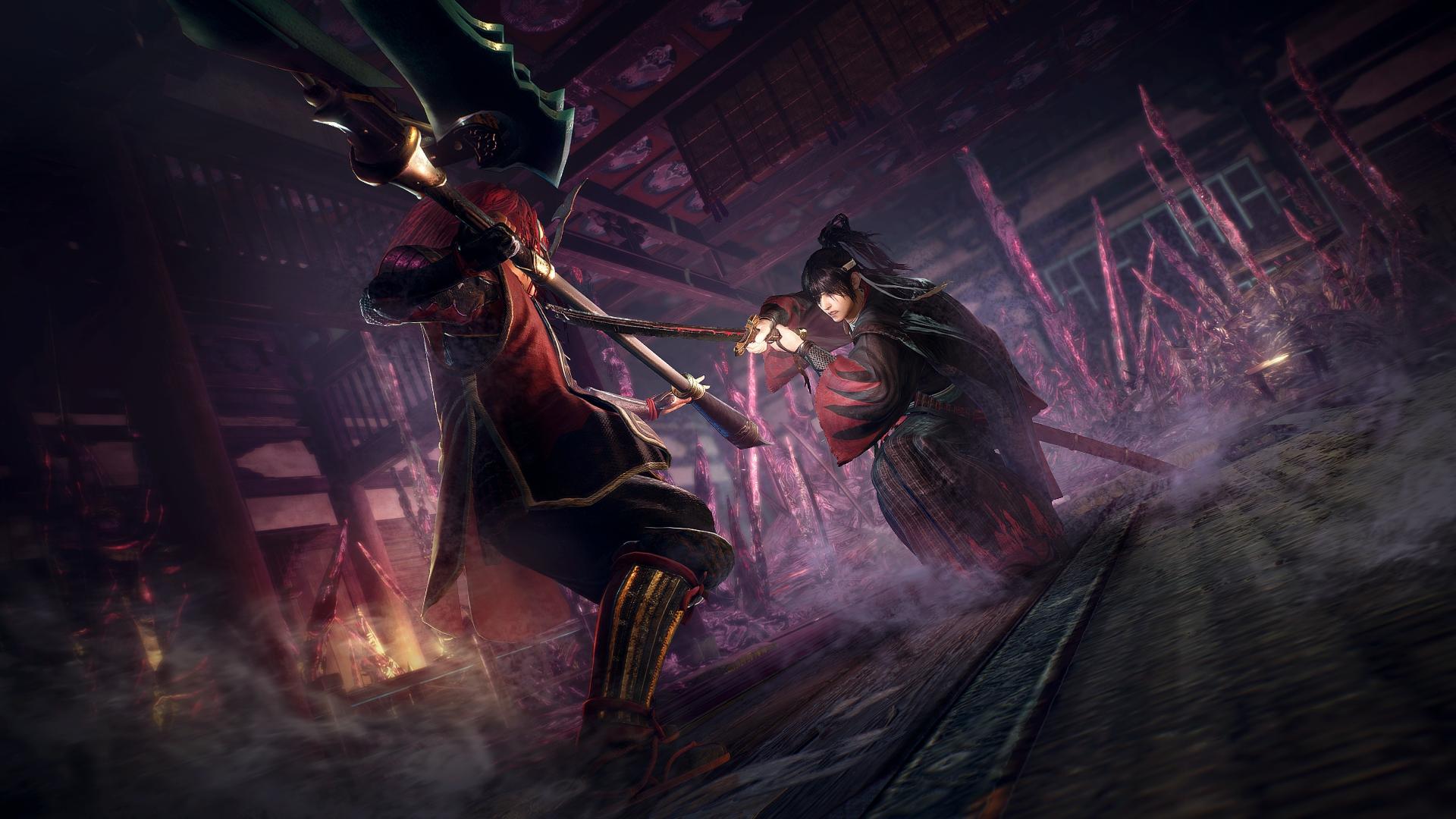
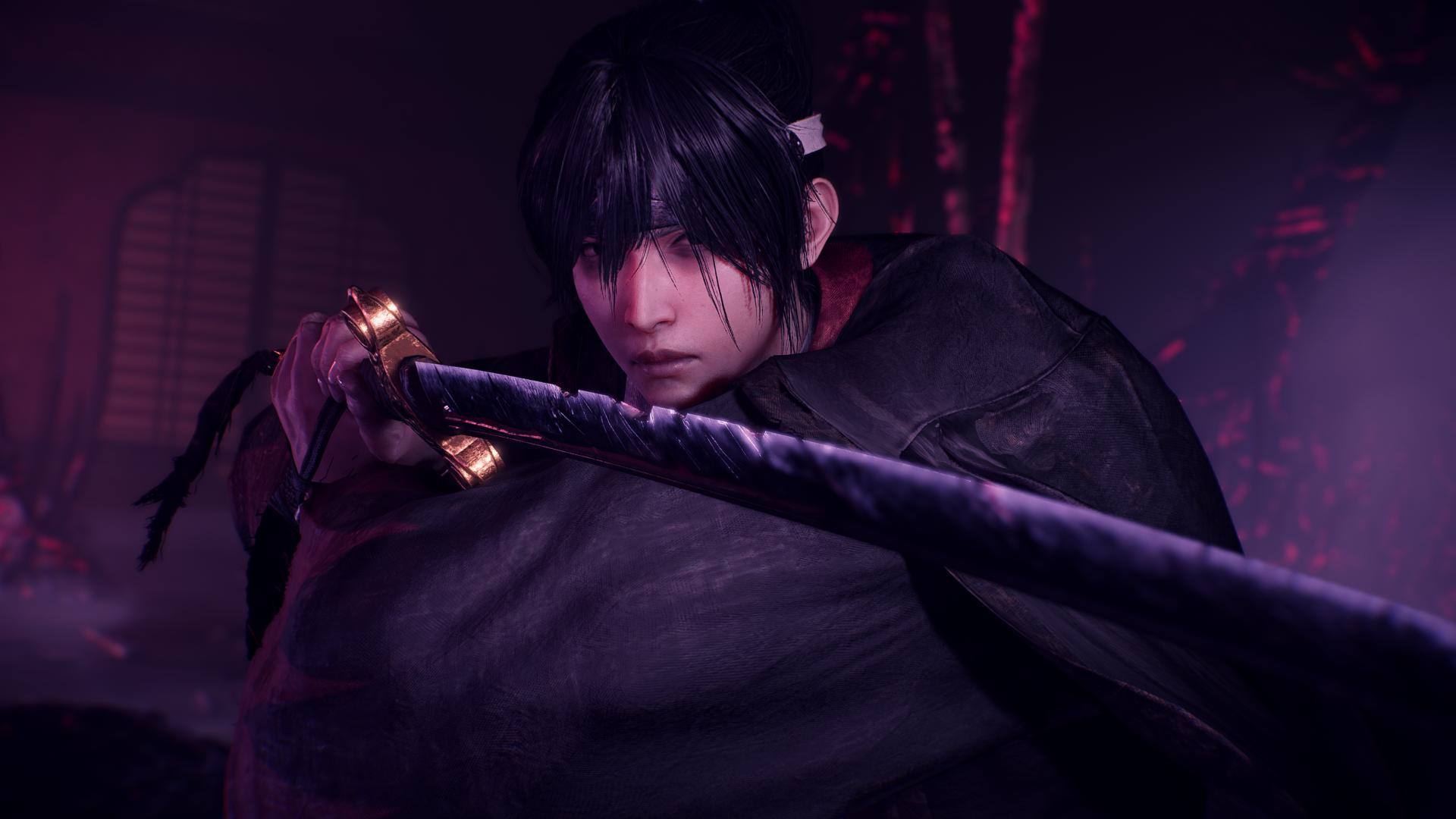
The minimum system requirements for Nioh 3 were also shared, which are as follows:
- OS: Windows 11
- Processor: Intel Core i5-10400, AMD Ryzen 5 2600, or 6 cores/12 threads or higher
- Memory: 16GB RAM
- Video Card: Nvidia GeForce GTX 1060 VRAM 6GB, AMD Radeon RX 5600 XT (Rev. 2.0) VRAM 6GB
- Storage: 125GB available space on an SSD
The above settings will get Nioh 3 up to 1080p and 30 fps on the Lightest graphics preset. For more information on recommended settings and performance, fans can check out Nioh 3’s official website here.
Nioh 3 is set to release on February 6, 2026, on PC and PlayStation 5. In the same month, the game will also be featured at the Samurai exhibit at the British Museum.












